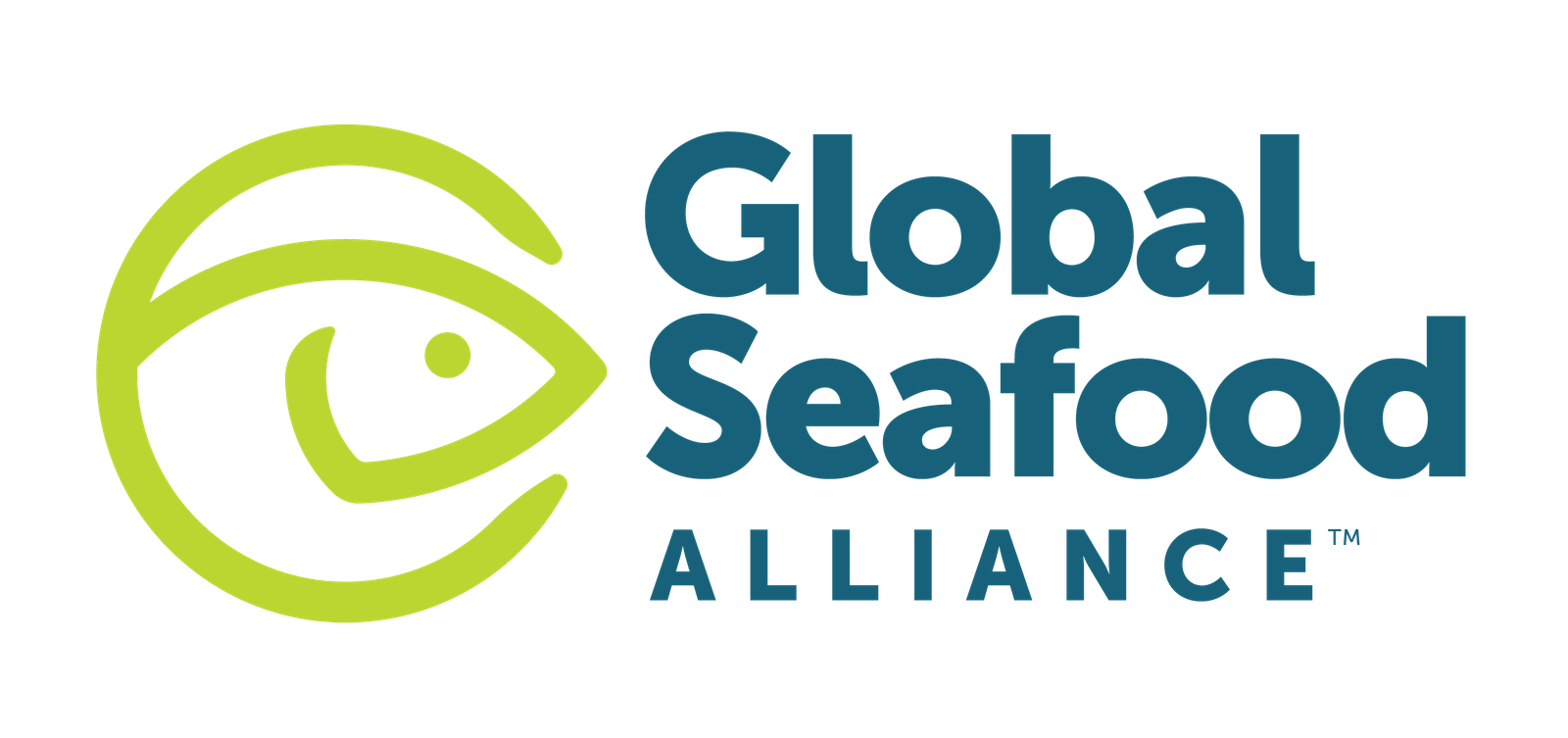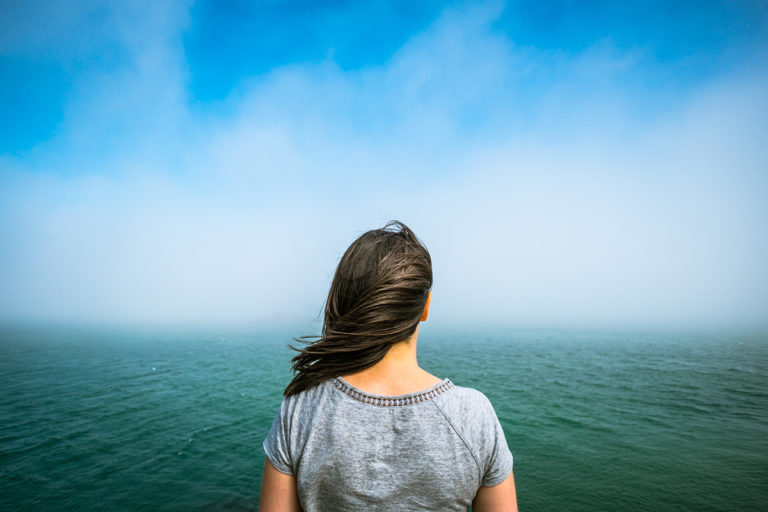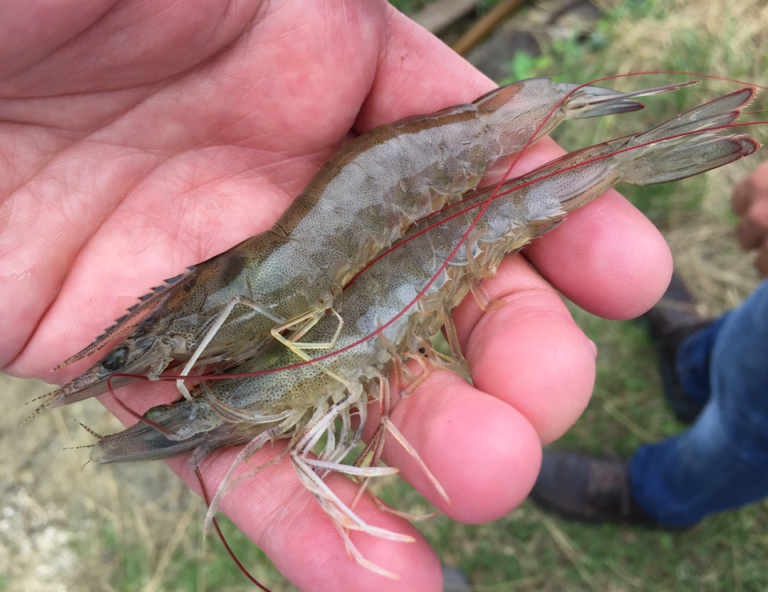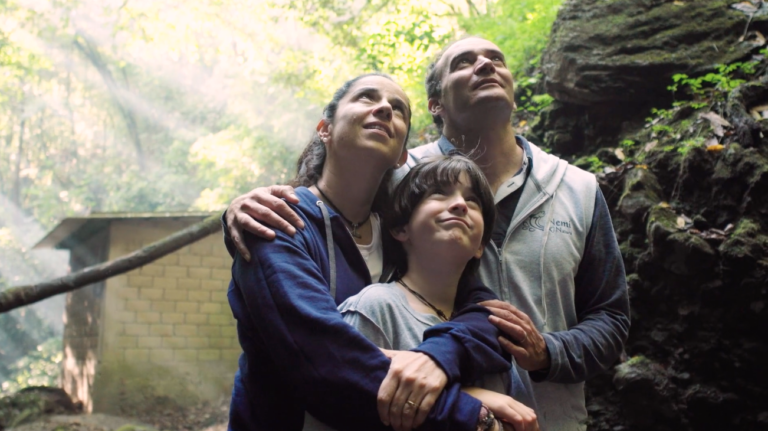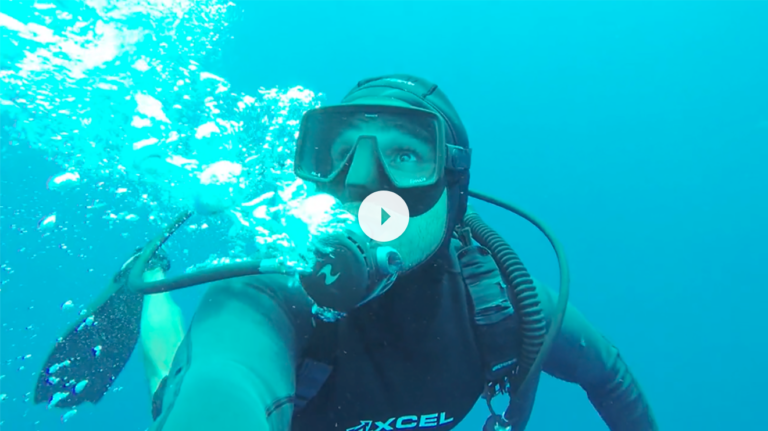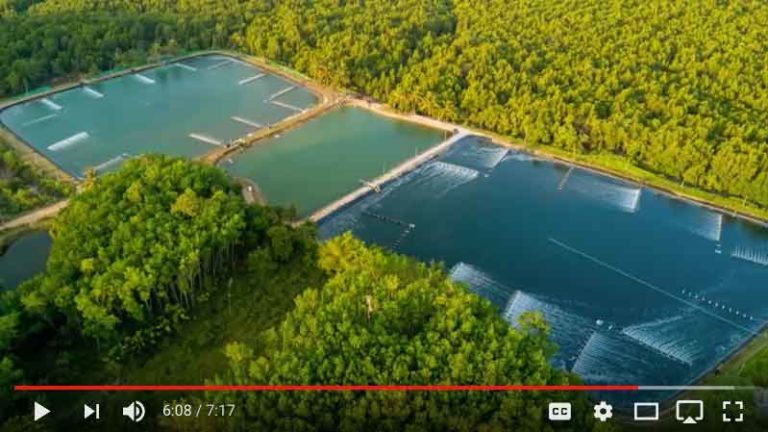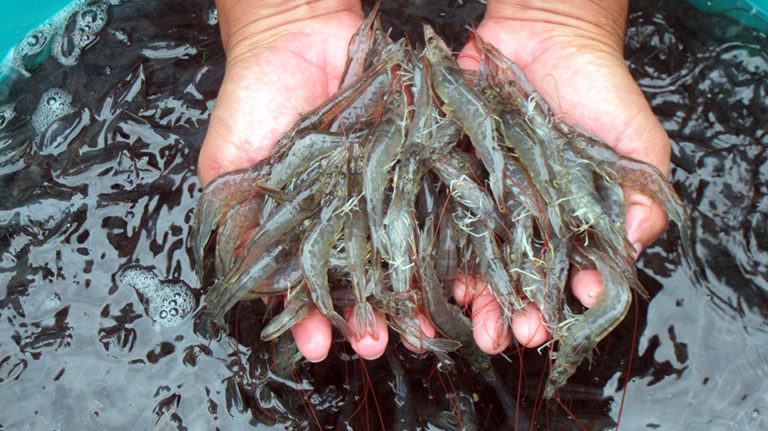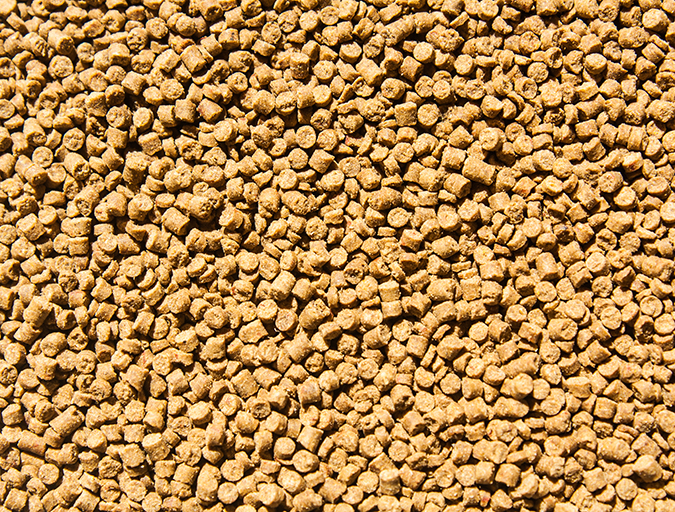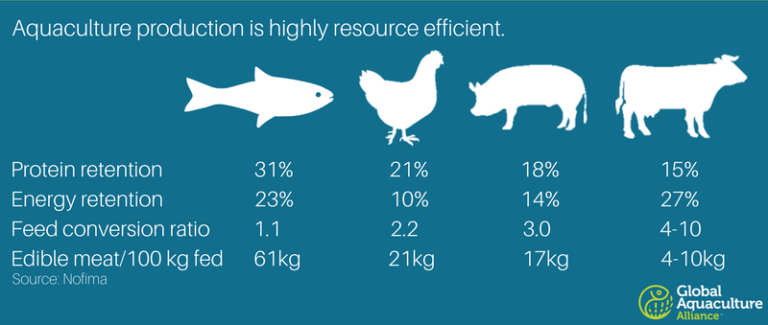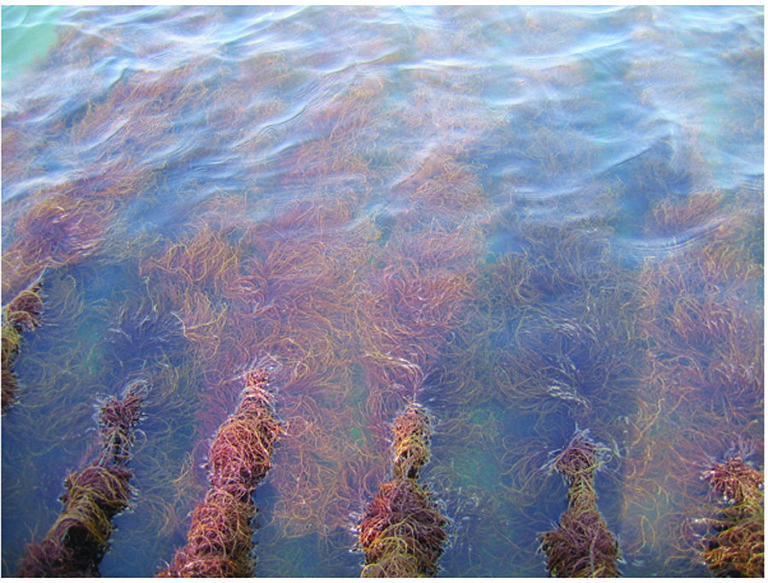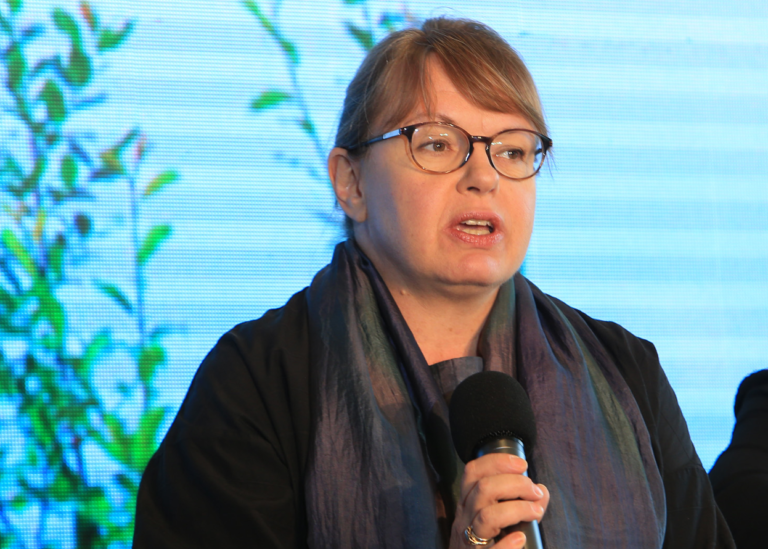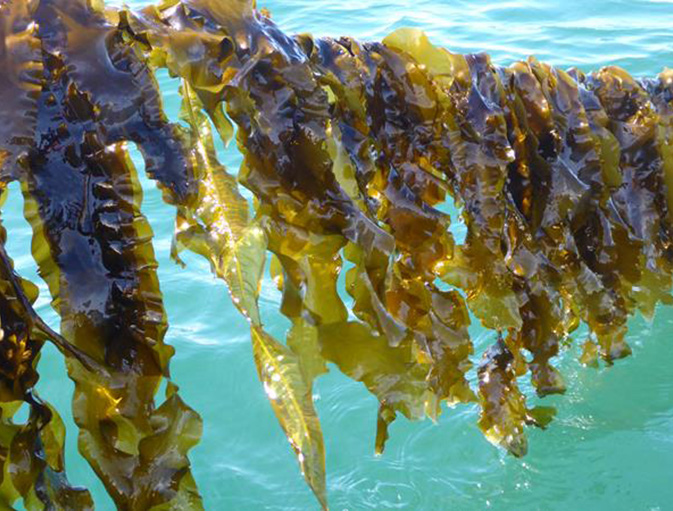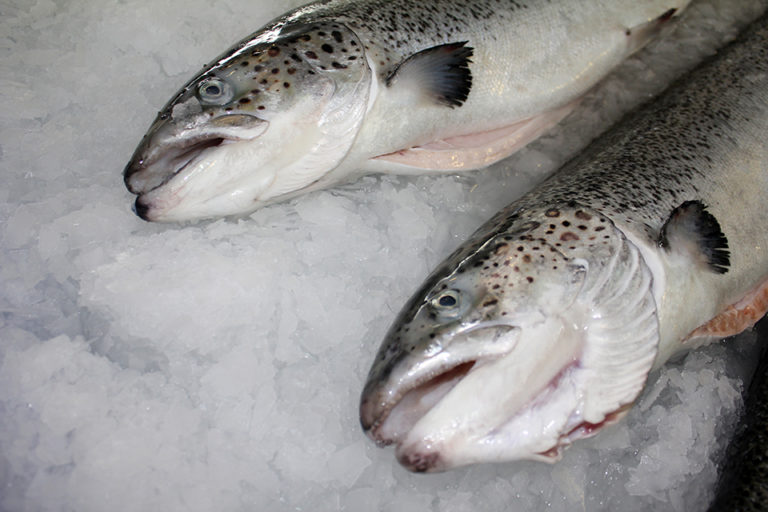
The Forgotten Pillar: Four Facts About Seafood’s Food-Safety Record
When asked about seafood sustainability, what comes to mind? Environmental responsibility? Social responsibility? Animal welfare? While all three are pillars of seafood sustainability, there’s a fourth pillar that, unfortunately, is often left out of the equation — food safety. Food safety refers to the handling, preparing and storing of food in a way that reduces the

